Because Your Cutting Board Touches More Than Just Food
If your wooden cutting board is your go-to for everything from veggies to grilled meats, you're not alone. Wood boards are durable, beautiful, and a favorite in many kitchens—but they also need special care to stay clean and safe.
Wondering how to clean a cutting board (wood) without damaging it? You’ve come to the right place. At The CoBuilders, we care about clean homes from top to bottom—and that includes the tools you use every day in your kitchen.
Here’s how to keep your wooden cutting board clean, fresh, and bacteria-free.
Why You Shouldn’t Just Toss It in the Sink
Wood is naturally porous, which means it can absorb liquids, odors, and bacteria if it’s not cleaned properly. Unlike plastic, wooden boards should never be soaked in water or run through the dishwasher. Doing so can lead to cracking, warping, or mold.
Instead, wooden boards need to be cleaned gently—but thoroughly.
How to Clean a Wooden Cutting Board: Step-by-Step
1. Scrape Off Debris
After each use, scrape off food particles using a bench scraper or spatula. This prevents buildup and makes cleaning easier.
2. Wash with Hot, Soapy Water
Use a sponge or dishcloth with mild dish soap and hot water. Scrub both sides of the board and the edges—bacteria can hide in the corners.
Important:
- Don’t submerge the board.
- Rinse quickly under running water.
- Dry immediately with a clean towel.
3. Sanitize (Weekly or After Raw Meat)
Even with daily cleaning, wood boards need an occasional deep clean:
Option A: Vinegar Solution
- Mix one part white vinegar with four parts water.
- Wipe or spray the solution onto the board.
- Let sit for a few minutes, then wipe dry.
Option B: Hydrogen Peroxide
- Pour 3% hydrogen peroxide onto the board.
- Let it fizz for a few minutes, then wipe with a clean cloth.
- Rinse and dry thoroughly.
These methods kill germs without soaking or harsh chemicals.
4. Deodorize with Baking Soda (As Needed)
If your board smells like garlic or onion:
- Sprinkle baking soda over the surface.
- Scrub with a damp sponge or lemon half.
- Rinse and dry.
5. Oil Your Board Monthly
To prevent drying and cracking, rub your board with food-safe mineral oil or a specialized cutting board conditioner:
- Apply oil with a lint-free cloth.
- Let it soak in for a few hours (or overnight).
- Wipe off any excess oil.
Don’t use olive oil or vegetable oil—they can go rancid.
How Often Should You Clean a Wood Cutting Board?
When to Replace Your Cutting Board
Even the best boards don’t last forever. Consider replacing your board if:
- It has deep cracks or splits that trap bacteria
- It smells even after cleaning
- It’s warped or won’t sit flat
- The surface is rough and difficult to clean
Keeping your cutting board in good shape keeps your kitchen cleaner and your food safer.
Final Thoughts: A Clean Board Is a Safer Kitchen
Learning how to clean a cutting board (wood) properly is one of the easiest ways to maintain food safety and extend the life of one of your most-used kitchen tools.
At The CoBuilders, we’re passionate about helping families enjoy cleaner, healthier spaces—from kitchen surfaces to appliances, floors, and beyond. Whether you’re deep cleaning your home or just tackling small details, every clean surface counts.
Need help with more than your cutting board?
👉 Book a professional kitchen deep clean with The CoBuilders and let us refresh the space where the magic happens.
Featured Posts
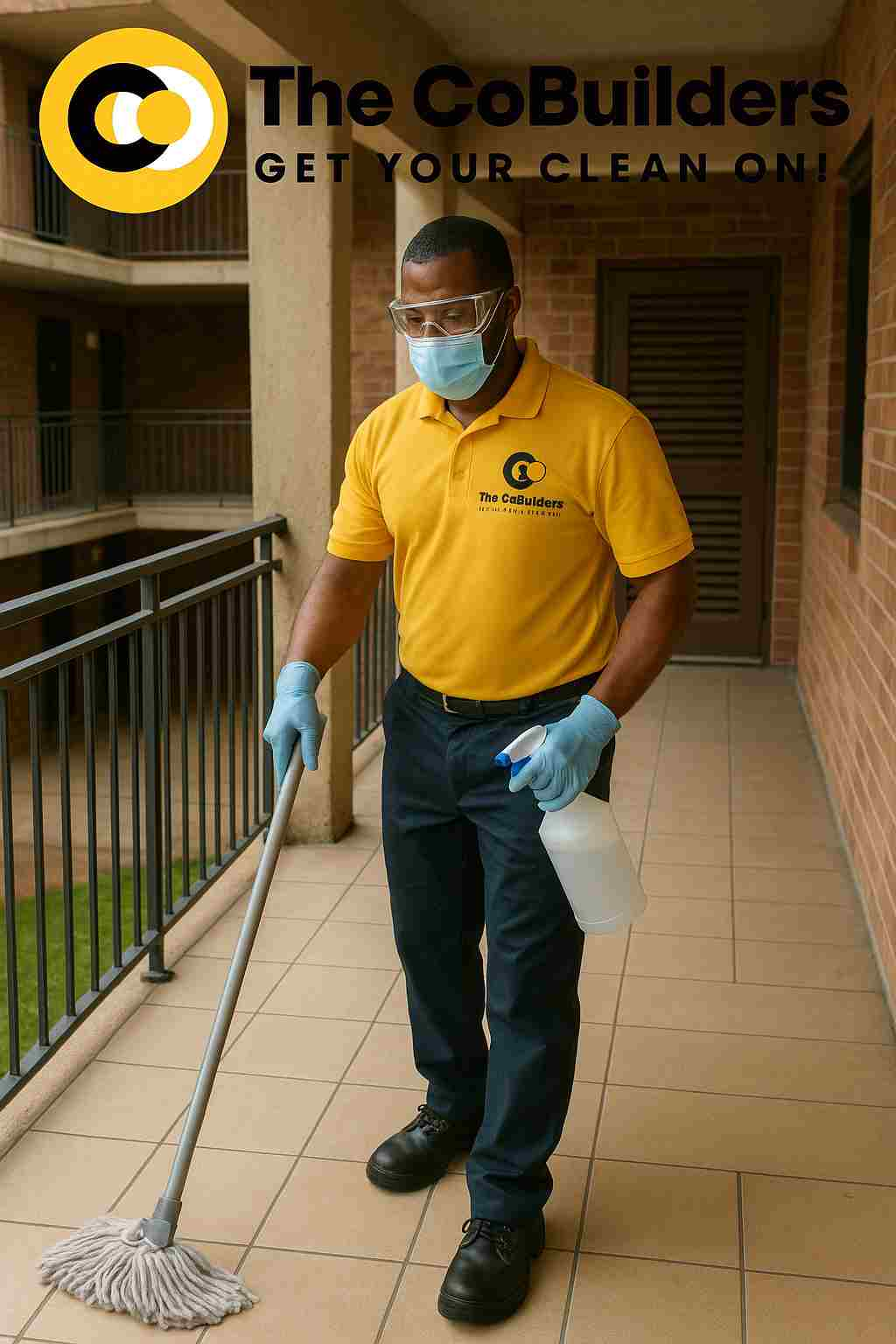
4.17 min read
The CoBuilders and the Houston Housing Authority: Serving Public Housing Communities with Professional Cleaning Services
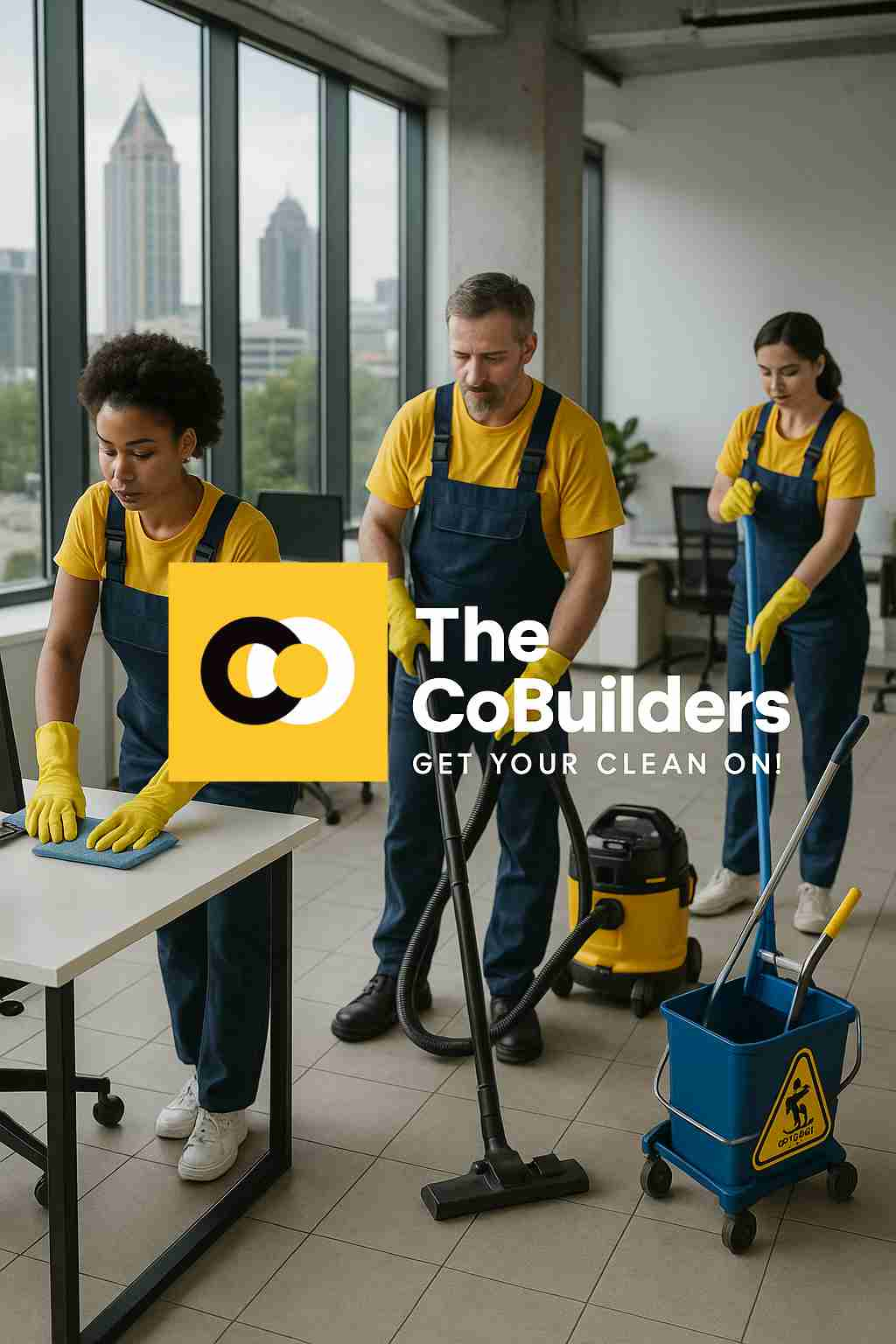
4.22 min read
Commercial Office Cleaning Services in Atlanta: Why The CoBuilders Is Your Trusted Partner

4.14 min read
The Best Home Cleaning Services in San Diego: Why The CoBuilders Is Your Go-To Solution
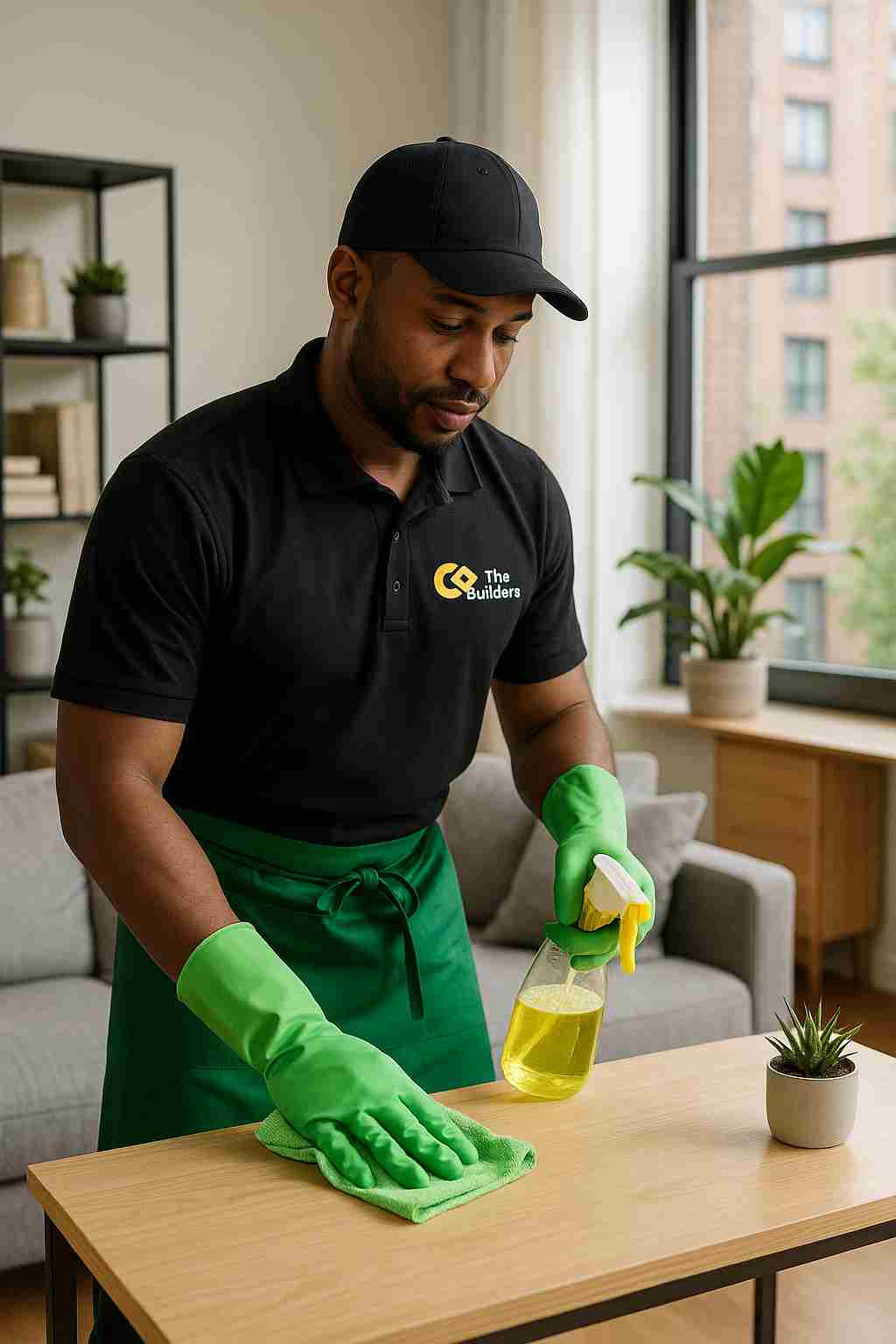
4.4 min read
Cleaning Services in New York: Experience the CoBuilders Difference
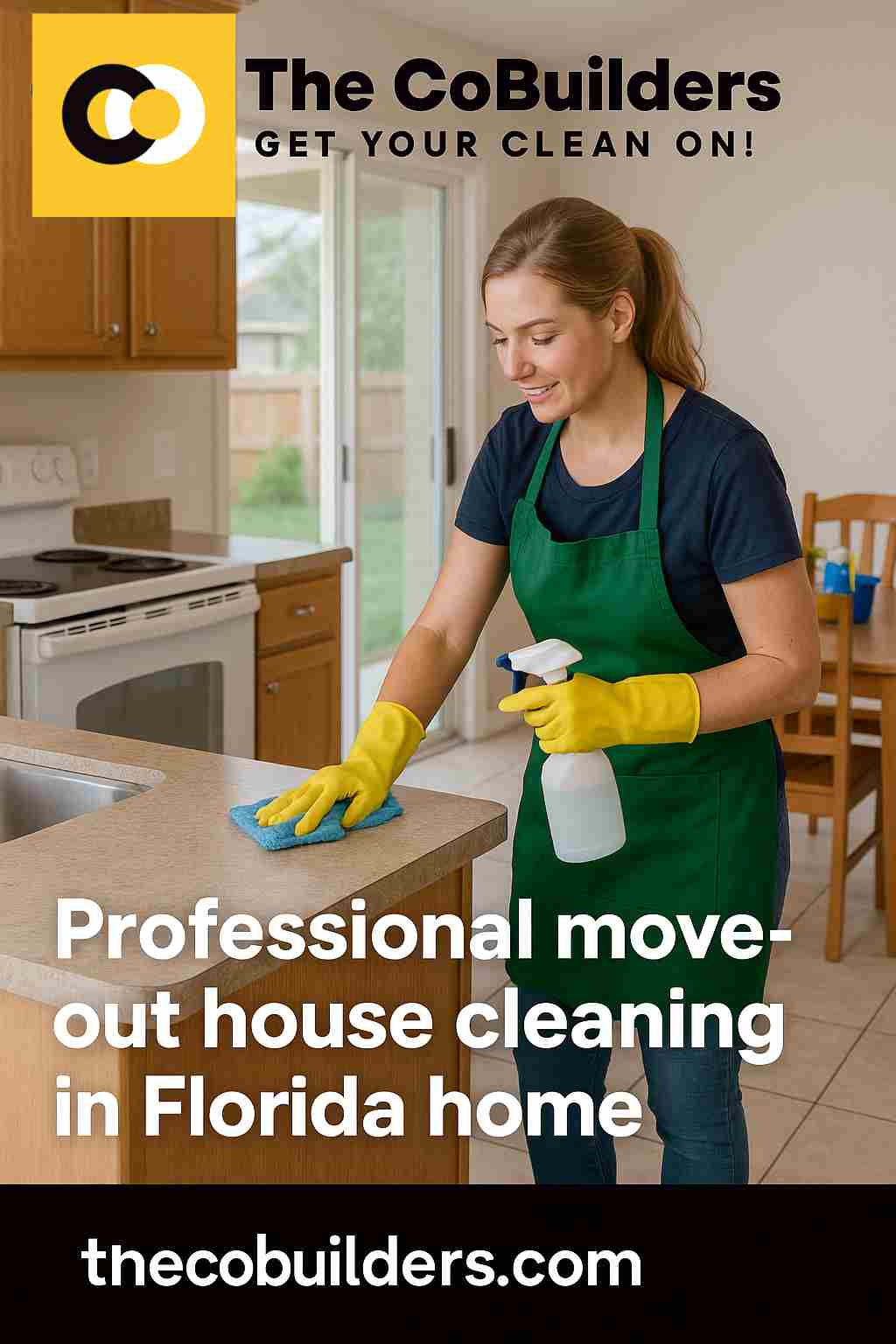
5.32 min read
Why You Need Move‑Out House Cleaners in Florida
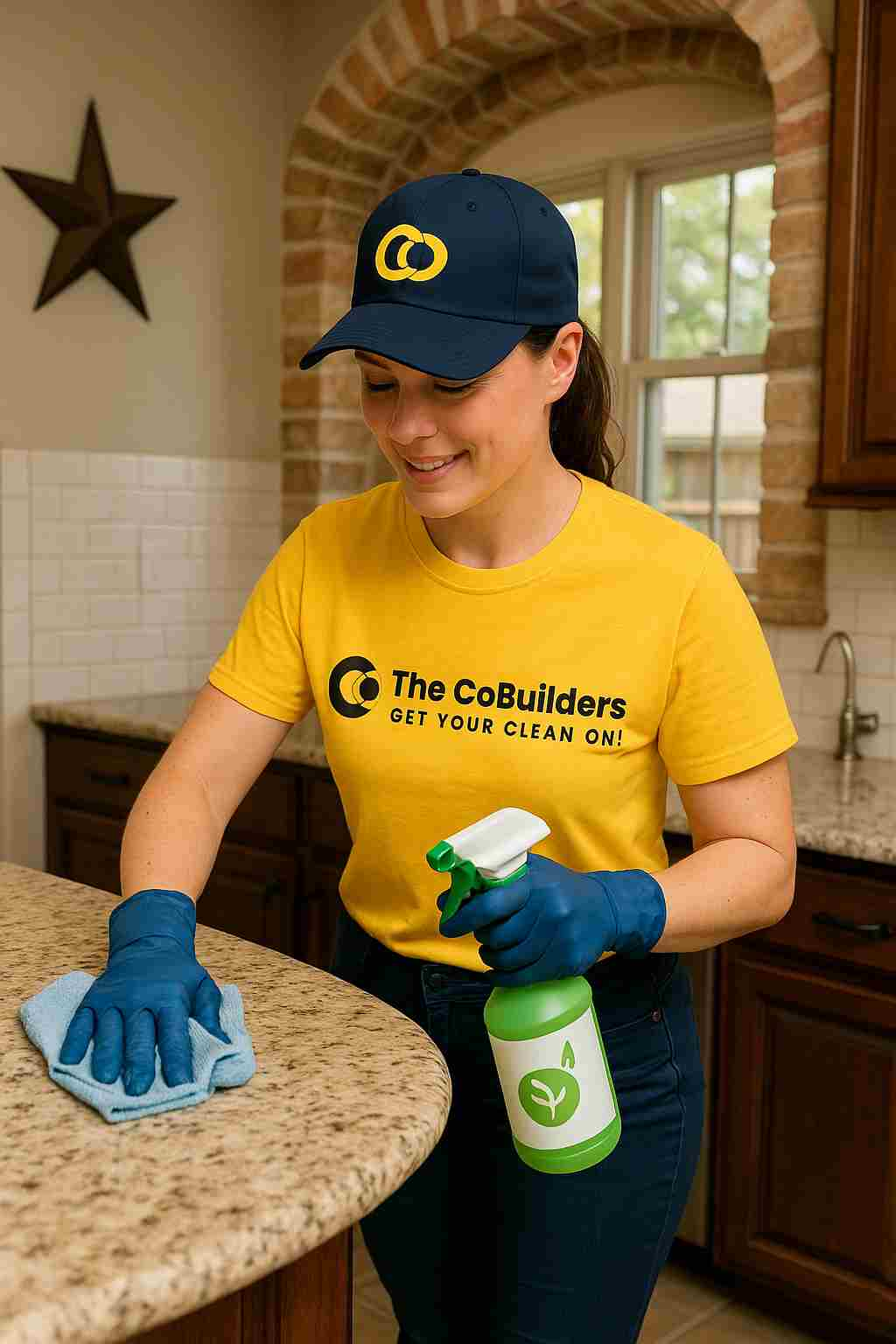
4.25 min read
House Cleaner Job in Texas – Join The CoBuilders and Build a Meaningful Career
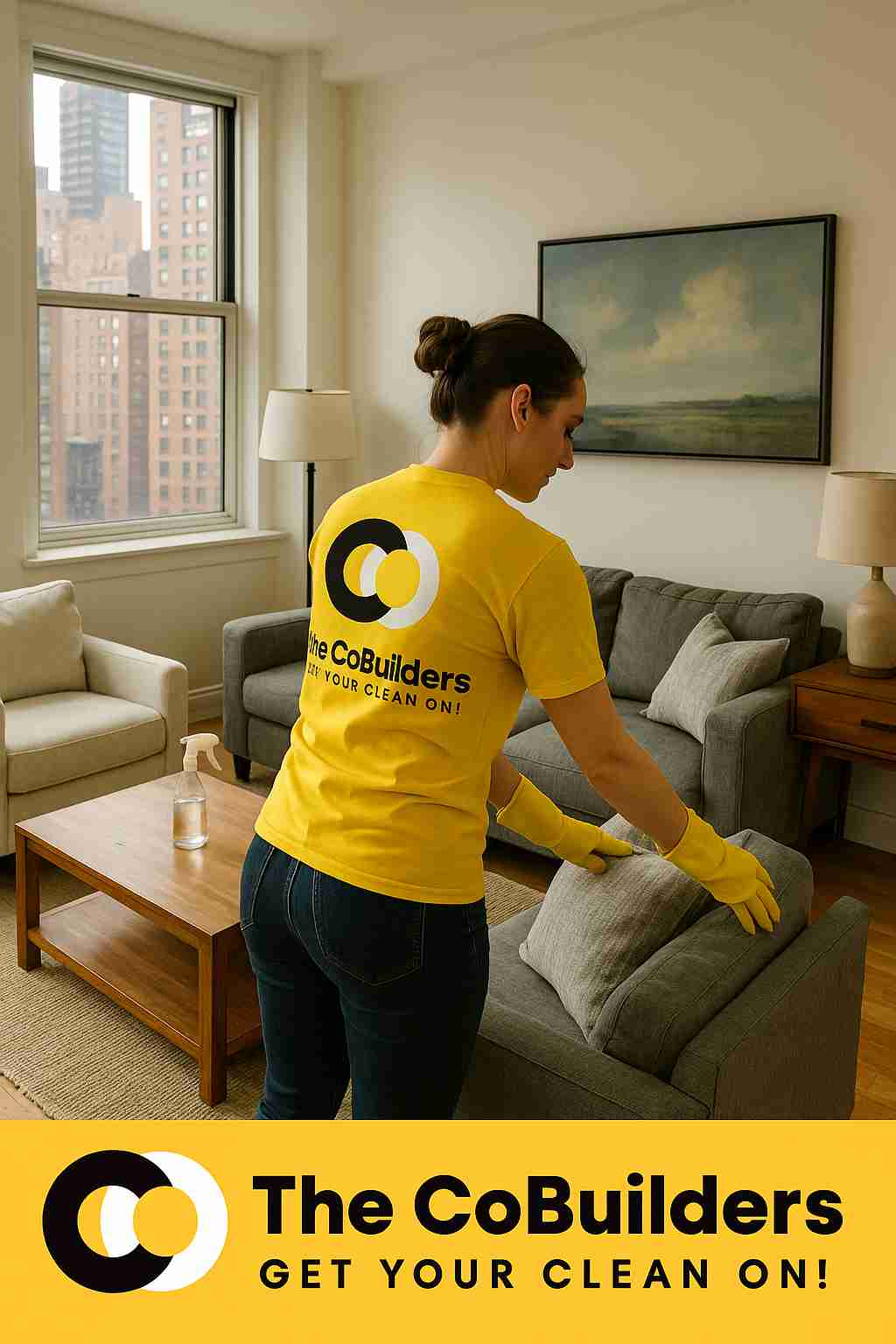
4.08 min read
House Cleaning Services in New York City: Keeping the City That Never Sleeps Sparkling

3.9 min read
Chicago Cleaning Company: Built for the City That Works
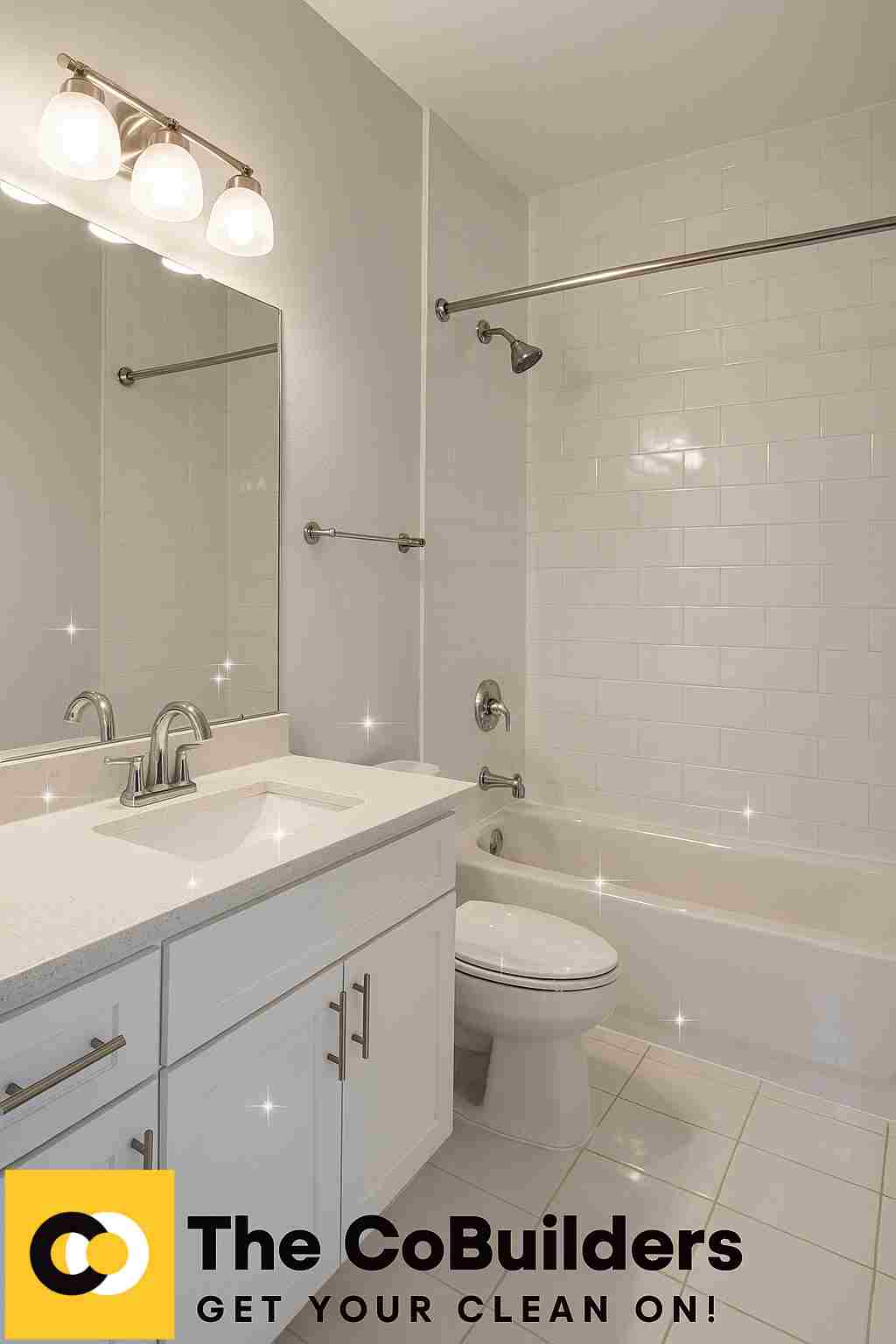
3.78 min read
Cleaning Services in Charlotte North Carolina: Where Southern Charm Meets Spotless Living
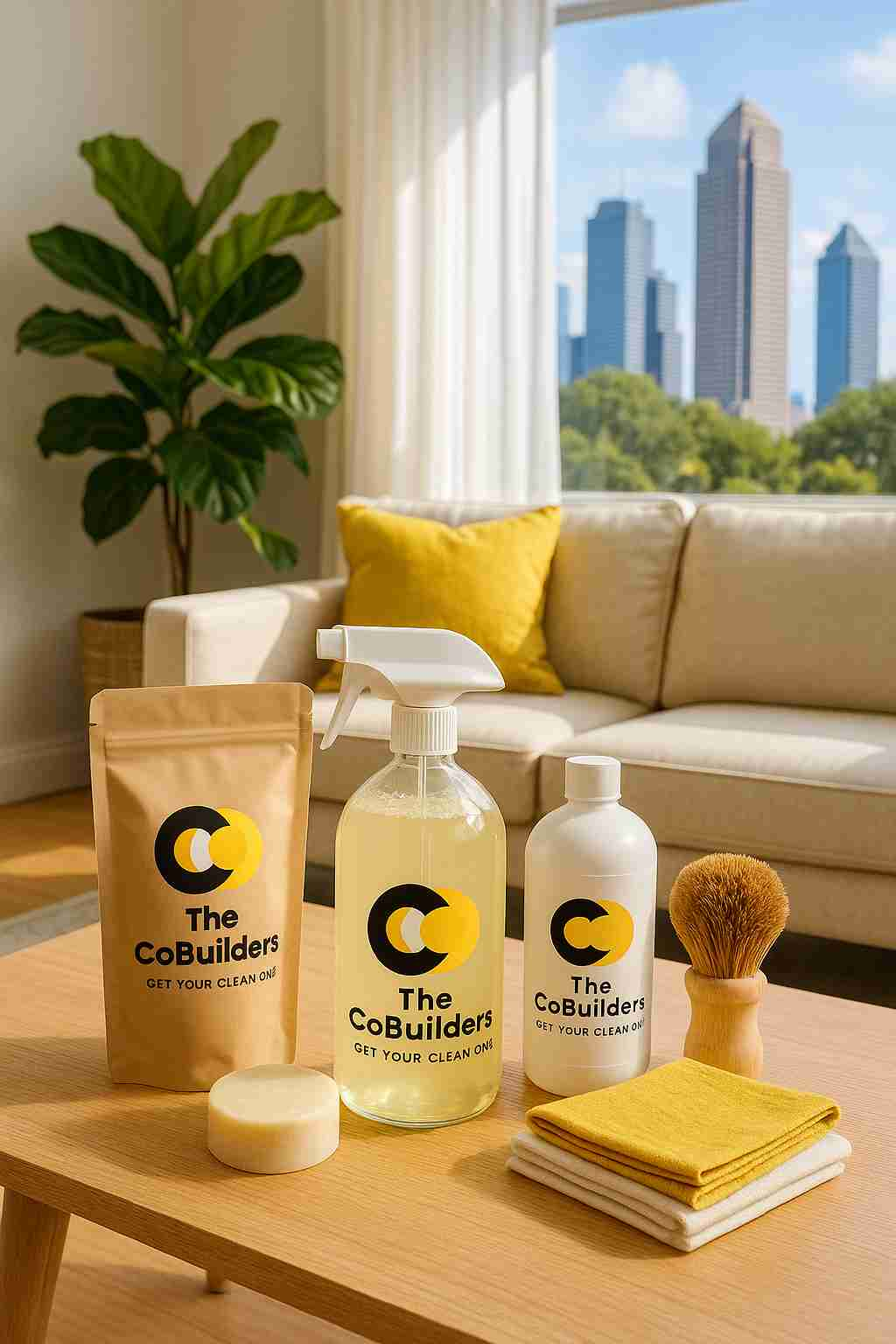
3.75 min read
Cleaning Service in Houston Texas: Bringing Fresh Energy to Every Home and Business
